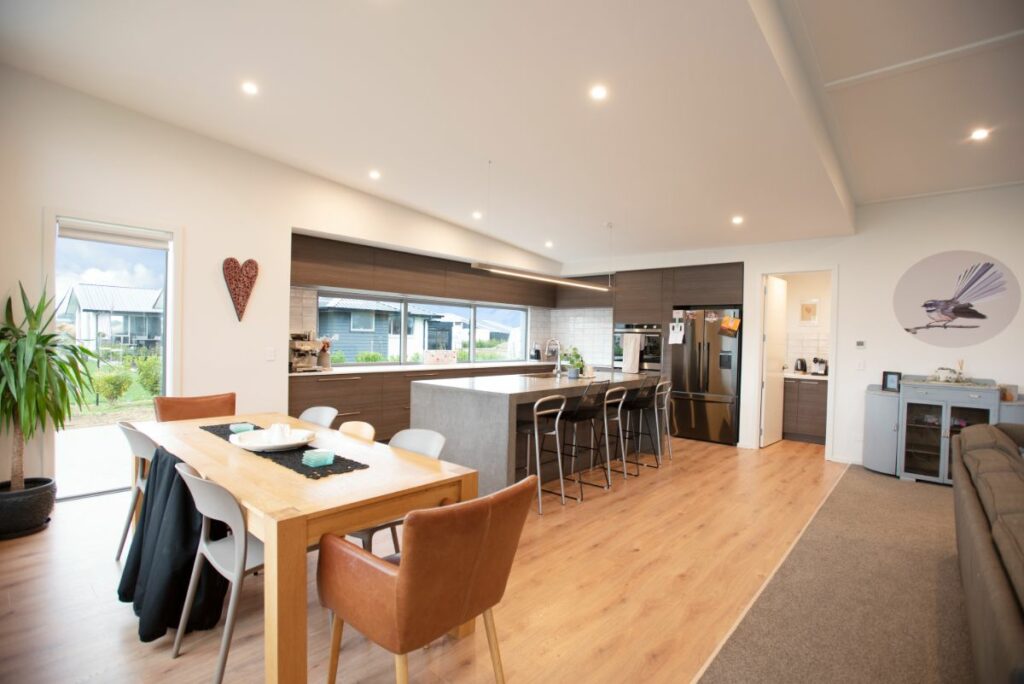
Home renovation is one of the most practical ways to modernise a property without losing its character. Across Southland, many Invercargill homeowners are choosing to renovate their existing homes rather than relocate, breathing new life into spaces that no longer fit their needs.
Invercargill’s housing stock is a mix of classic villas, 1960s bungalows, and more recent builds — each with unique challenges and opportunities. Renovations are helping residents update insulation, improve layouts, and introduce sustainable materials while maintaining the architectural charm that defines the city’s streets.
This article explores why renovation projects are gaining traction in Invercargill, how the design-and-build approach simplifies the process, and what trends are shaping the future of housing in the region.
Why More Homeowners Are Renovating
Invercargill’s homes often have good structural bones but require upgrades to meet modern living standards. The decision to renovate rather than rebuild is usually driven by a few clear reasons:
- Preserving character: Many homeowners value the craftsmanship of older homes but want modern functionality.
- Lifestyle changes: Open-plan layouts, home offices, and energy-efficient upgrades are now essentials for families.
- Cost efficiency: Renovation is often cheaper and faster than constructing new homes.
- Sustainability: Upgrading existing structures reduces waste and carbon emissions compared to new builds.
Renovation provides the chance to make homes warmer, smarter, and more comfortable — without the disruption of moving away from familiar surroundings.
The Design-and-Build Advantage
Traditionally, homeowners needed to manage separate architects, designers, and contractors, which could complicate timelines and budgets. The design-and-build method changes this by combining all stages — concept, design, and construction — within one coordinated team.
The benefits include:
- Simplified communication: One point of contact means fewer delays and misunderstandings.
- Faster completion: Design and construction teams work in sync.
- Clear budgeting: Cost expectations are established early in the process.
- Quality assurance: A unified team ensures consistent standards from start to finish.
For homeowners planning large-scale transformations or heritage restorations, this approach ensures smoother coordination and better results.
Renovation Trends Shaping Invercargill Homes
Between modern upgrades and heritage restoration, Invercargill’s renovation scene is evolving quickly. Common projects include kitchen redesigns, bathroom refits, and home extensions. But beyond aesthetics, there’s a growing emphasis on performance — improving how homes function in Southland’s cool climate.
Many projects now incorporate insulation, ventilation systems, and sustainable materials that make homes healthier and more efficient. This movement reflects a wider national trend toward home renovations Invercargill that focus on comfort, energy savings, and long-term value rather than purely visual upgrades.
Design trends also highlight natural finishes, open spaces, and flexible rooms that can serve as offices or guest areas — all tailored to modern living needs.
Energy Efficiency and Sustainability
Energy efficiency has become a core part of renovation planning. Improving insulation, upgrading windows, and installing efficient heat pumps are among the most popular investments. Smart home technologies — such as automated lighting and temperature control — are also becoming standard features in renovated properties.
For evidence-based guidance on sustainable building methods, the BRANZ guide to energy-efficient homes provides helpful resources and practical advice for New Zealand homeowners looking to make informed choices.
Practical Steps for a Successful Renovation
Whether planning a full renovation or a small upgrade, clear planning makes all the difference. Consider the following steps:
- Define goals and priorities. Decide what changes matter most for comfort and functionality.
- Create a realistic budget. Include design, materials, labour, and contingency funds.
- Check building consent rules. Invercargill City Council requirements can vary depending on project size.
- Choose qualified professionals. Licensed builders and designers ensure safety and compliance.
- Focus on long-term performance. Invest in features that add value and reduce maintenance.
These steps ensure renovations deliver both aesthetic improvements and meaningful lifestyle benefits.
Local Conditions and Building for the Southland Climate
Invercargill’s weather — with cool winters and frequent moisture — makes thermal performance a key renovation priority. Adding wall and ceiling insulation, improving ventilation, and ensuring proper drainage are essential to maintaining warm, dry homes.
Many residents are also considering passive design elements, such as orienting living areas for sunlight and installing high-performance glazing to retain heat naturally.
Conclusion
Renovation in Invercargill is part of a larger shift toward smarter, more sustainable living. By combining modern design with practical performance upgrades, homeowners can create spaces that are efficient, comfortable, and built to last.
With careful planning, clear goals, and thoughtful design, renovations can transform traditional homes into functional, future-ready spaces — without losing the character that makes them truly special.